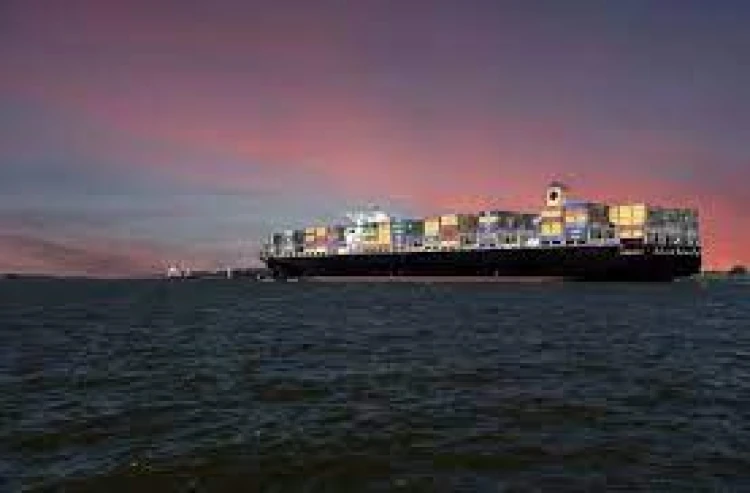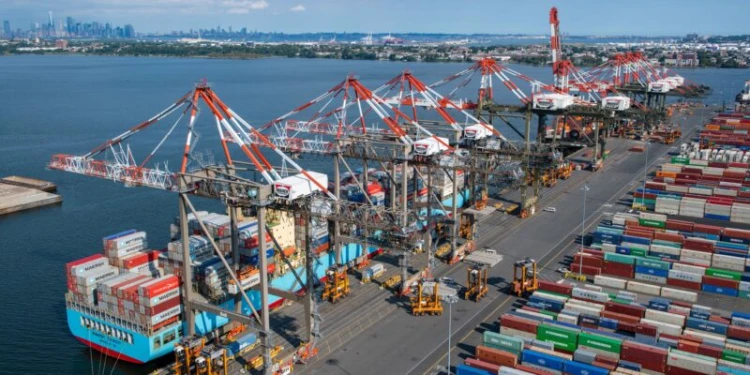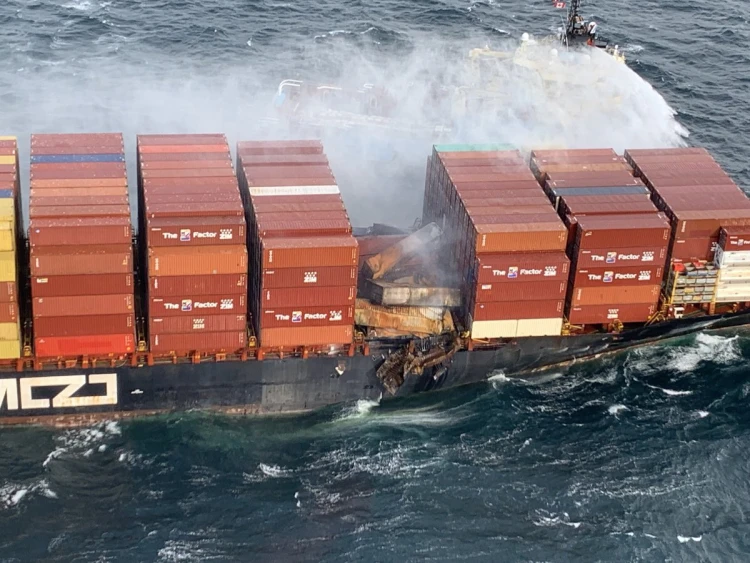Empty container movements signal freight shift to the East Coast
Monday, 02 December 2019


Chart of the Week: Inbound Empty Rail Containers – Elizabeth, NJ, Inbound Empty Rail Containers – Los Angeles, Outbound Tender Volume Index – Los Angeles SONAR:IRAILE.EWR, IRAILE.LAX, OTVI.LAX
Like a pendulum that reached its maximum height in one direction that has begun to accelerate towards equilibrium, volumes of empty containers are shifting to the East Coast over the past few weeks.
The number of empty containers moving into the Elizabeth New Jersey market over the past two weeks has almost tripled, while inbound empties moving to the Los Angeles market has dropped 46%. Pair that with the fact outbound Los Angeles trucking volumes have dropped approximately 14% since the start of November, it seems the country’s capacity is in need of re-balancing. The question to ask is whether this is a proactive or reactive move to import behaviors by the large shipping companies and what does this mean for domestic freight.
The impact of the U.S. trade war with China has been discussed ad nauseum to this point, so it would seem the international shipping companies, who own the most of the 20 and 40-foot containers in the world, have already figured out shippers have begun to ship more freight to the East Coast from Asia. Domestic 53-foot containers have also been increasingly re-positioned to the Northeast over the past several weeks.
Many shippers have started sourcing production in southern Asia versus China to avoid additional tariffs. Shipping from southern Asia directly to the U.S. East Coast via ship becomes more attractive to freight destined for the major population centers in the eastern half of the U.S. Shippers can shave a few days on the water and a few dollars when shipping through the Suez Canal in the Middle East versus the Panama Canal from China.

Import shipments from Vietnam have grown faster than their Chinese counterparts in 2019. Image: SONAR – Import shipments from China and Vietnam
This behavior has been emerging since the beginning of the year. Looking at a relative chart of the number of shipments originating from Vietnam versus China, volume growth has outpaced Chinese imports by over 50% at times during the second half of the year. Chinese import volumes still dwarf those from southern Asia, but there is enough change in behavior to warrant attention.
Vietnam is just one of the countries increasing output to the U.S. — India and Malaysia import shipments were up 7% and 33% respectively in October versus last year. This is something that is highly visible by the big shipping companies and forwarders albeit potentially not in aggregate.

Container spot rates have been more resilient to the eastern ports from China and Europe. Image: SONAR – Freightos Baltic Exchange Index
Perhaps one of the more telling indicators are the Freight Baltic Indexes, which measure average spot rates for shipping 40-foot containers all over the world. Rates have fallen from China to both the West and East Coasts, but the East Coast rate has remained flatter throughout the year. The shipping rate from Europe to the North American East Coast has increased 26% y/y, indicating increased demand for European imports in 2019 as well. All three rates, however, have declined since early November.
Outbound Los Angeles truckload volumes may have declined over the past few weeks, but remain strong from a year-over-year perspective — over 30% higher. By no means has the faucet turned completely off out West, but there are signs that the East Coast is about to get busier. Outbound New Jersey volumes are over 35% up y/y with a 3% increase m/m. This means shorter length of hauls in heavier traffic for many carriers into 2020. Shippers and carriers will need to start taking their minimum rates— the lowest charge for a shipment in a lane—more seriously if this holds true.
About the Chart of the Week
The FreightWaves Chart of the Week is a chart selection from SONAR that provides an interesting data point to describe the state of the freight markets. A chart is chosen from thousands of potential charts on SONAR to help participants visualize the freight market in real-time. Each week a Market Expert will post a chart, along with commentary live on the front-page. After that, the Chart of the Week will be archived on FreightWaves.com for future reference.
SONAR aggregates data from hundreds of sources, presenting the data in charts and maps and providing commentary on what freight market experts want to know about the industry in real time.
The FreightWaves data science and product teams are releasing new data sets each week and enhancing the client experience.

06 January 2025
Hurricane Beryl trims cargo volumes in Houston and New Orleans

25 January 2025
Container freight rates tumble

08 February 2025

